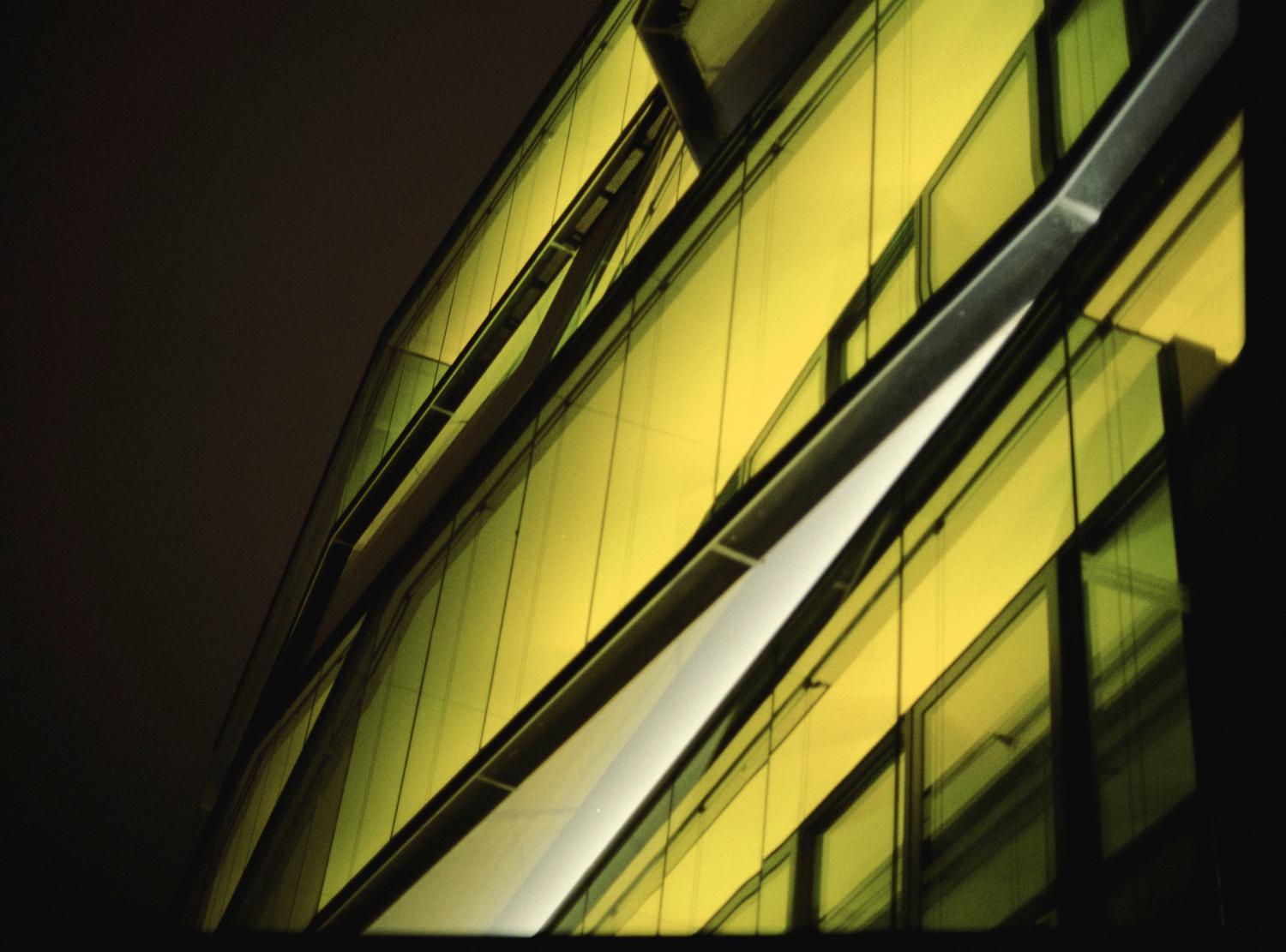One of the most pressing environmental issues for the community is the George Town landfill site, a Government facility that manages the waste that visitors, residents and businesses on the Islands produce. It is known to most residents as 'Mount Trashmore'. This great mound of rubbish is evidence of the waste legacy of many generations. Even with significant pressure on the government from environmental organisations to find a solution, the fastest and most efficient way waste can be reduced is simply by each household making a conscious effort to reduce their solid domestic waste.
The George Town Landfill
In July 2024, after seven years of negotiations, the Cayman Islands government terminated a multi-million-dollar plan to replace the George Town landfill with a waste-to-energy plant. The project, developed with a Dart-led consortium, faced soaring costs and unresolved issues, including a power-purchase agreement. The government will now seek alternative partners and methods to address the landfill issue effectively. The original project had been proposed in 2017 to manage waste and generate energy.Politicians are emphasising the urgent need for a financially and environmentally sound solution due to growing concerns about the condition of the existing landfill. The George Town landfill is rapidly approaching its capacity, with approximately 780,000 cubic yards remaining based on the current input rate of approximately 13,000 cubic yards per month, giving it an estimated four to five years of space left. This has prompted urgent discussions about alternative landfill sites and waste disposal solutions.
What Has Been Done?
Although the George Town landfill project has been terminated, much work has been done to cover and cap the landfill. This work has been designed to minimise the environmental impact of the site and to promote the growth of shrubbery. Various layers of soil, rocks, limestone as well as a sheet of low-permeability geosynthetic material have been used to cap the mound and to reduce the leaching of chemicals from the dump below. The gases that are inevitably leaking from the landfill are being managed through a network of pipes to allow for the safe combustion of methane at flare stacks. Air and groundwater quality are monitored closely.
So while some progress has been made to manage the existing site, we await further details on how we as an Island will dispose of our waste in a sustainable way in the future.





